Market Analysis
In-depth Analysis of Medical Foam Market Industry Landscape
The market dynamics of the medical foam market are driven by various factors including the growing demand for medical devices, advancements in healthcare technology, increasing healthcare expenditure, and the rising prevalence of chronic diseases. Medical foam, also known as medical-grade foam, is widely used in a range of applications within the healthcare sector, including wound care, medical packaging, orthopedic supports, prosthetics, and medical furniture.
One of the primary drivers of the medical foam market is the increasing demand for medical devices and products. As the global population continues to grow and age, there is a greater need for healthcare services and medical interventions. This drives the demand for medical foams, which are essential components in the manufacturing of medical devices such as wound dressings, surgical sponges, and padding materials.
Advancements in healthcare technology also play a significant role in shaping the medical foam market dynamics. Innovations in materials science and manufacturing processes have led to the development of medical-grade foams with enhanced properties such as biocompatibility, antimicrobial resistance, and breathability. These advanced foams offer improved performance and comfort for patients, driving their adoption in various medical applications.
The increasing healthcare expenditure globally contributes to the growth of the medical foam market. Governments and private healthcare providers are investing heavily in healthcare infrastructure, equipment, and services to meet the growing demand for healthcare services. This translates to a higher demand for medical foams used in medical devices, equipment, and patient care products.
The rising prevalence of chronic diseases, injuries, and surgical procedures also drives the demand for medical foam products. Chronic conditions such as diabetes, cardiovascular diseases, and obesity require long-term medical management and care, leading to a sustained demand for medical devices and products that incorporate foam materials. Additionally, the growing number of surgeries performed worldwide increases the need for foam-based products used in wound management, surgical procedures, and post-operative care.
Regulatory standards and quality requirements influence the medical foam market dynamics. Medical foams used in healthcare applications must meet stringent regulatory standards and undergo rigorous testing to ensure safety, efficacy, and compliance with medical device regulations. Manufacturers of medical foams must adhere to these standards and obtain regulatory approvals before their products can be used in medical applications.
The competitive landscape of the medical foam market is characterized by the presence of several key players who are actively engaged in research and development, product innovation, and strategic partnerships to gain a competitive edge. These companies focus on developing medical-grade foams with advanced properties and features to meet the specific requirements of healthcare applications. They also invest in expanding their production capacities and distribution networks to cater to the growing demand for medical foams globally.
Geographically, the medical foam market is segmented into regions such as North America, Europe, Asia Pacific, Latin America, and the Middle East and Africa. North America and Europe are significant markets for medical foams, driven by advanced healthcare infrastructure, high healthcare expenditure, and a strong focus on research and development. The Asia Pacific region is expected to witness significant growth in the medical foam market due to increasing healthcare investments, growing medical tourism, and rising healthcare awareness.

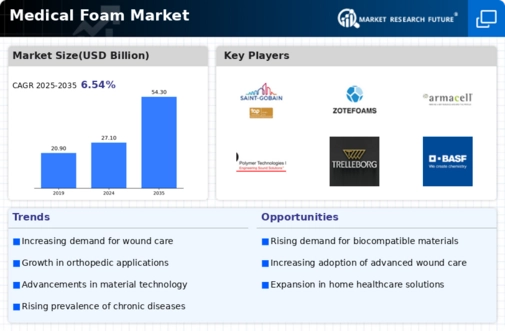

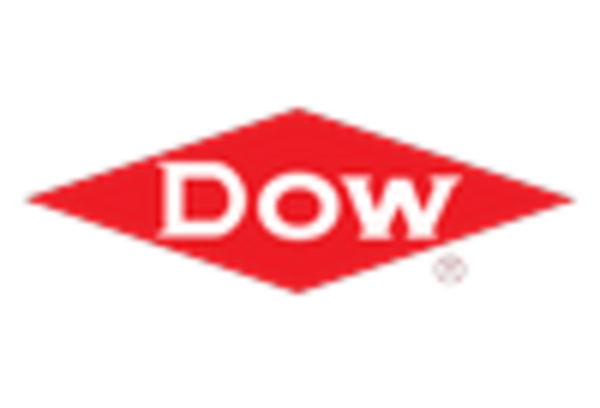
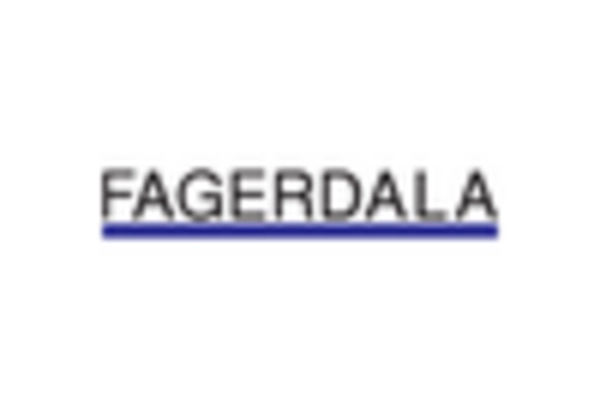
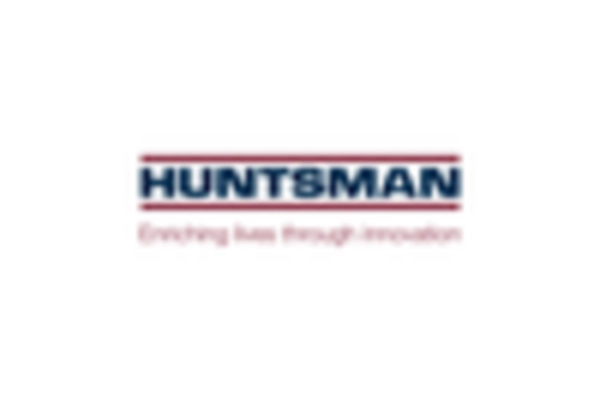
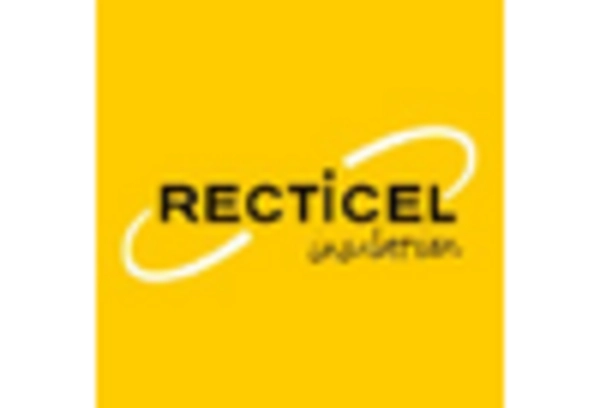
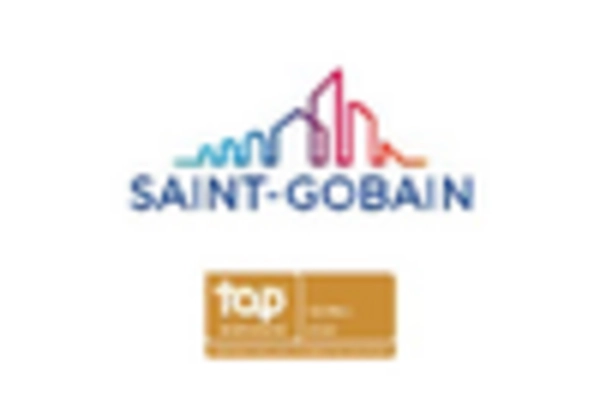









Leave a Comment